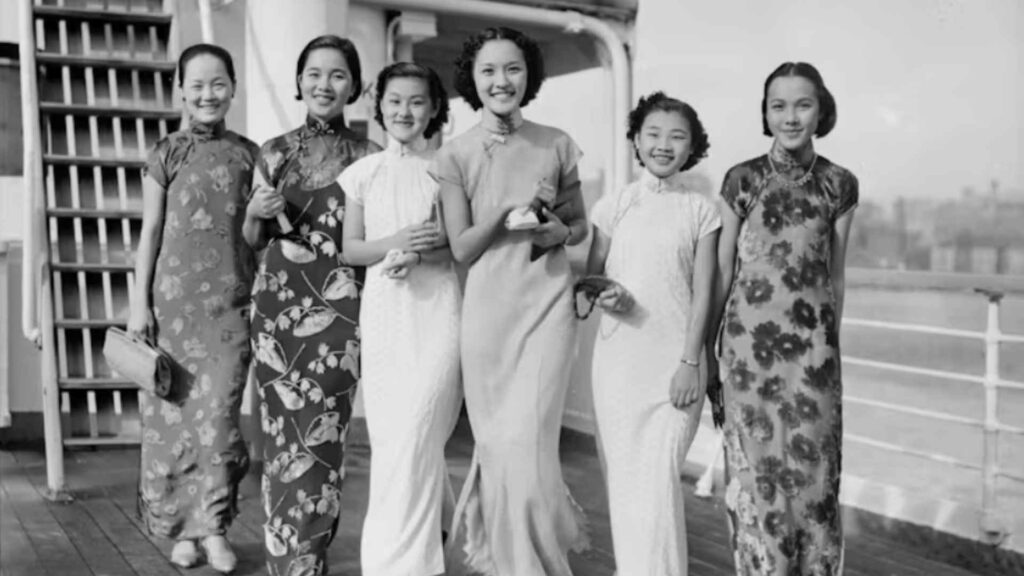Recognising historical Chinese Australian Women in the Arts who have left an indelible mark through their artistic expression is crucial to our cultural heritage. These individuals not only showcase their immense talent but also pave the way for future generations to break barriers and express themselves freely.
This blog post highlights the lives and contributions of four remarkable Chinese Australian women in the Arts: Joy Li, Jenny Kee, Alma Rose Quon, and Olive Mabel Clarice. Their stories illustrate the diverse ways in which Chinese Australian women have enriched the cultural landscape of Australia.
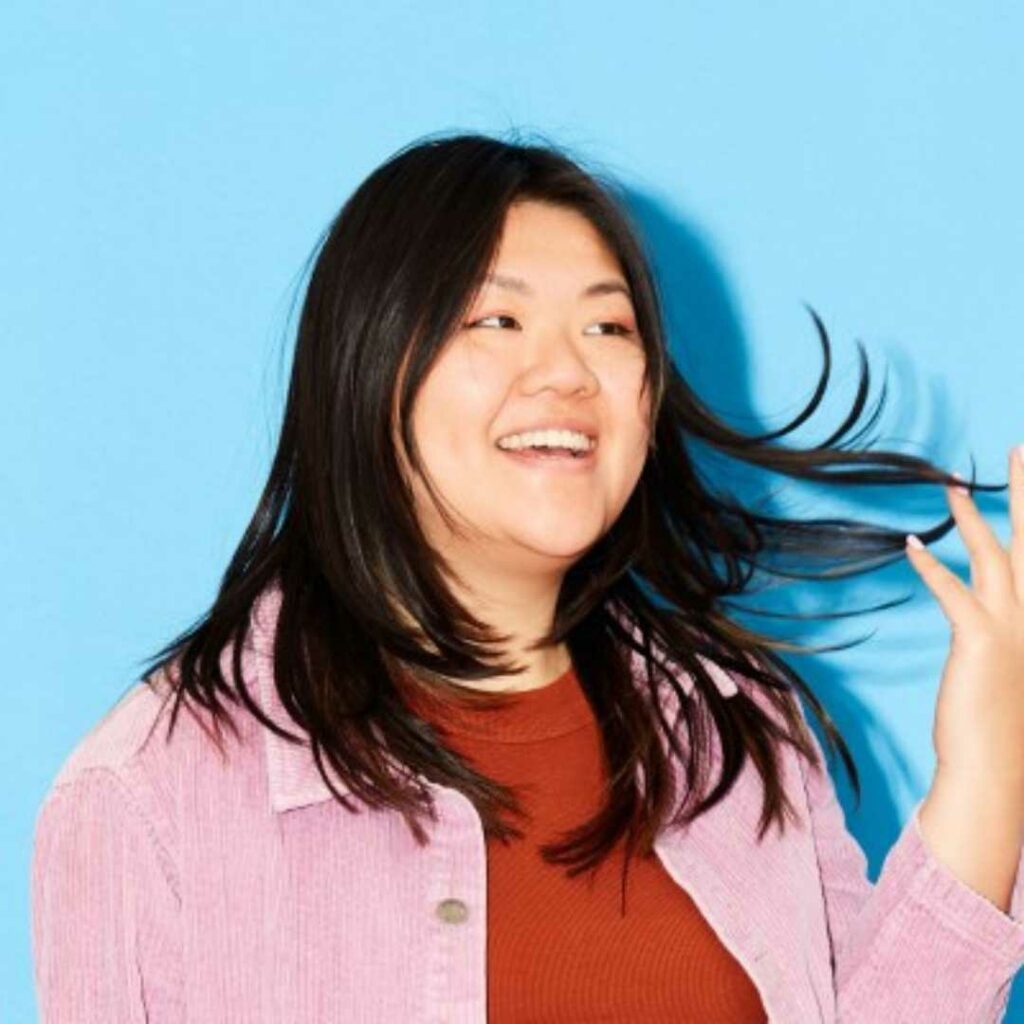
Joy Li, a Sydney-based graphic designer, uses her art to explore and express her identity as an Australian-born Chinese. Her work confronts cultural stereotyping and social expectations, offering a satirical yet poignant commentary on the experiences and challenges faced by migrant communities. Joy’s journey into art was deeply personal, rooted in her struggles with mental health and the difficulty of finding relatable narratives within predominantly Anglo-centric contexts.
In 2016, Joy participated in the University of Technology Sydney’s ‘Emergent Practices’ assignment, creating a set of posters that went viral, resonating with Asian communities worldwide. These visually striking pieces highlighted the unique pressures and cultural nuances of growing up as a child of immigrants in the West. Joy’s art has since become a powerful platform for advocacy and self-expression, challenging viewers to rethink their perceptions and celebrate the diversity within Australian society.
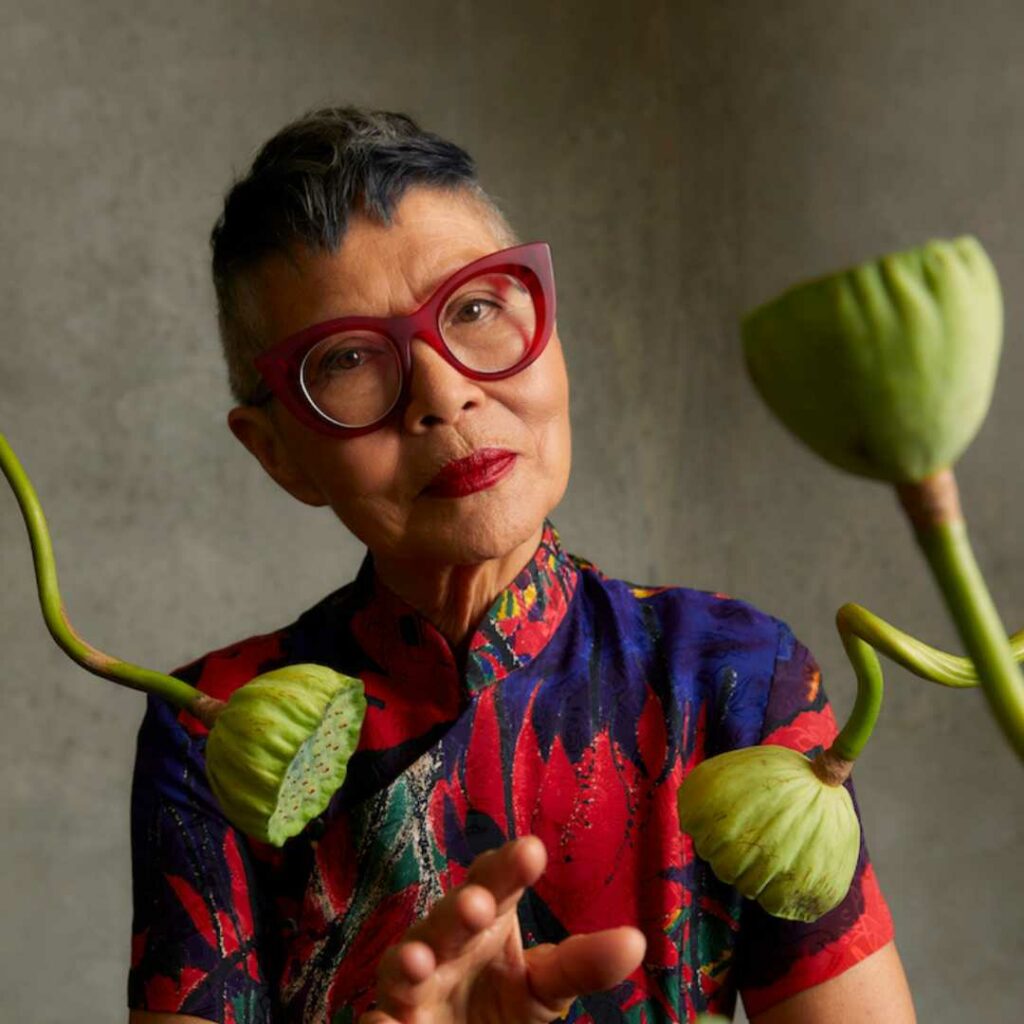
Jenny Kee, born in Sydney in 1947, is a pioneering figure in the Australian fashion industry. With a rich heritage that includes Chinese ancestry, Kee’s work is a vibrant blend of cultural influences. Her career took off when she moved to London as a teenager, where she was immersed in the dynamic fashion scene. Working at the iconic Biba boutique and a vintage clothing shop, Kee developed her distinctive style, characterised by bold colours and eclectic patterns.
Kee’s designs gained international acclaim when Princess Diana wore her Blinky jumper, a piece that featured an adorable koala, in 1982. This moment catapulted Kee into the global spotlight, establishing her as an innovative designer who seamlessly blended Eastern and Western aesthetics. Beyond fashion, Kee is also an accomplished author, sharing her journey and insights through her writings. Her books offer a glimpse into her creative process and the cultural narratives that have shaped her work, serving as inspiration for aspiring artists and designers.
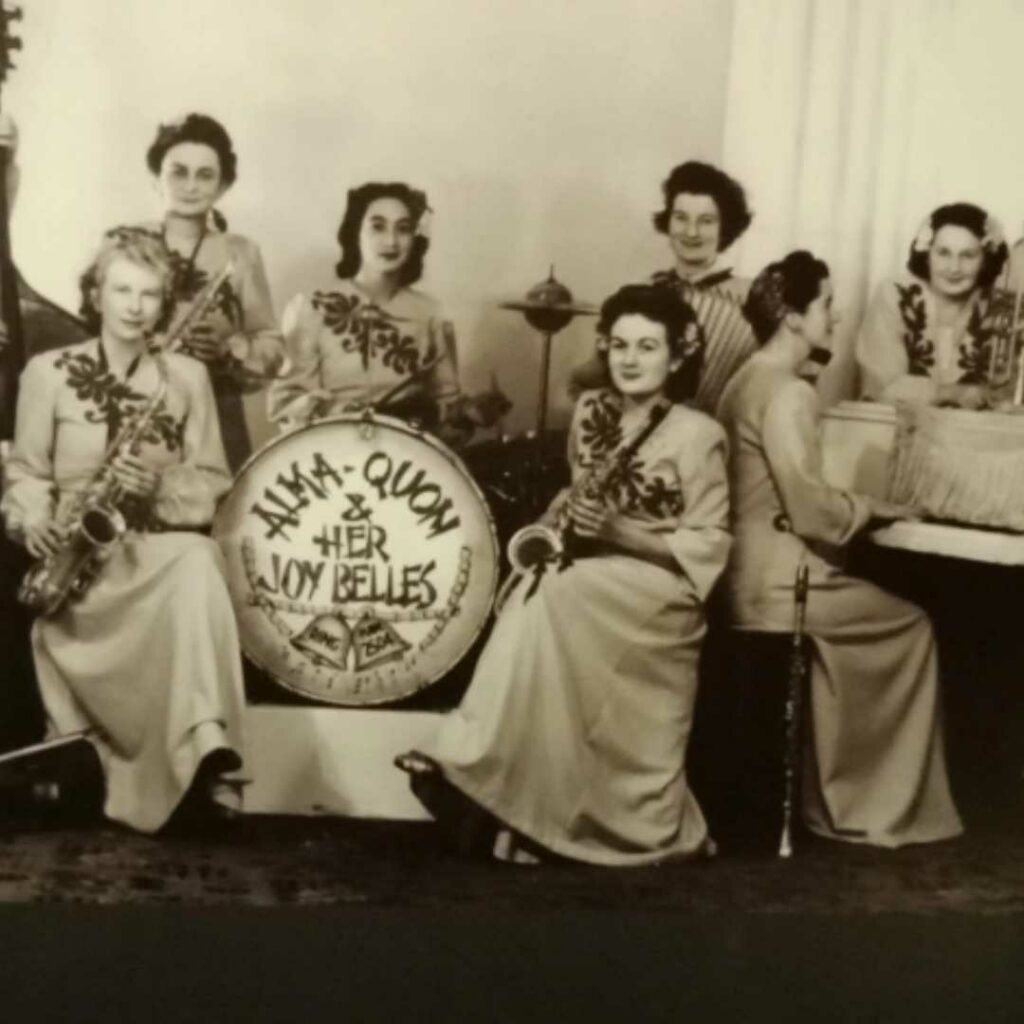
Alma Rose Quon, a talented musician and dance instructor, made significant contributions to Melbourne’s cultural scene in the mid-20th century. Born to a Chinese Australian family, Alma moved to Melbourne from Rutherglen in the 1930s. She initially performed at local venues and later formed the Joy Belles, an all-woman jazz band that gained popularity during the 1920s and 1930s. The Joy Belles, composed of members from diverse cultural backgrounds, played at hospitals for returned soldiers, retirement homes, and various public functions.
Alma’s influence extended beyond her performances. During World War II, she trained Chinese Australian girls for a Hawaiian-themed performance to support the war effort, showcasing her versatility and dedication to her community. Alma also served as a dance instructor and etiquette coach, shaping the social skills and cultural awareness of many young women. Her legacy is one of artistic excellence and community engagement, highlighting the important role of Chinese Australian women in the arts.
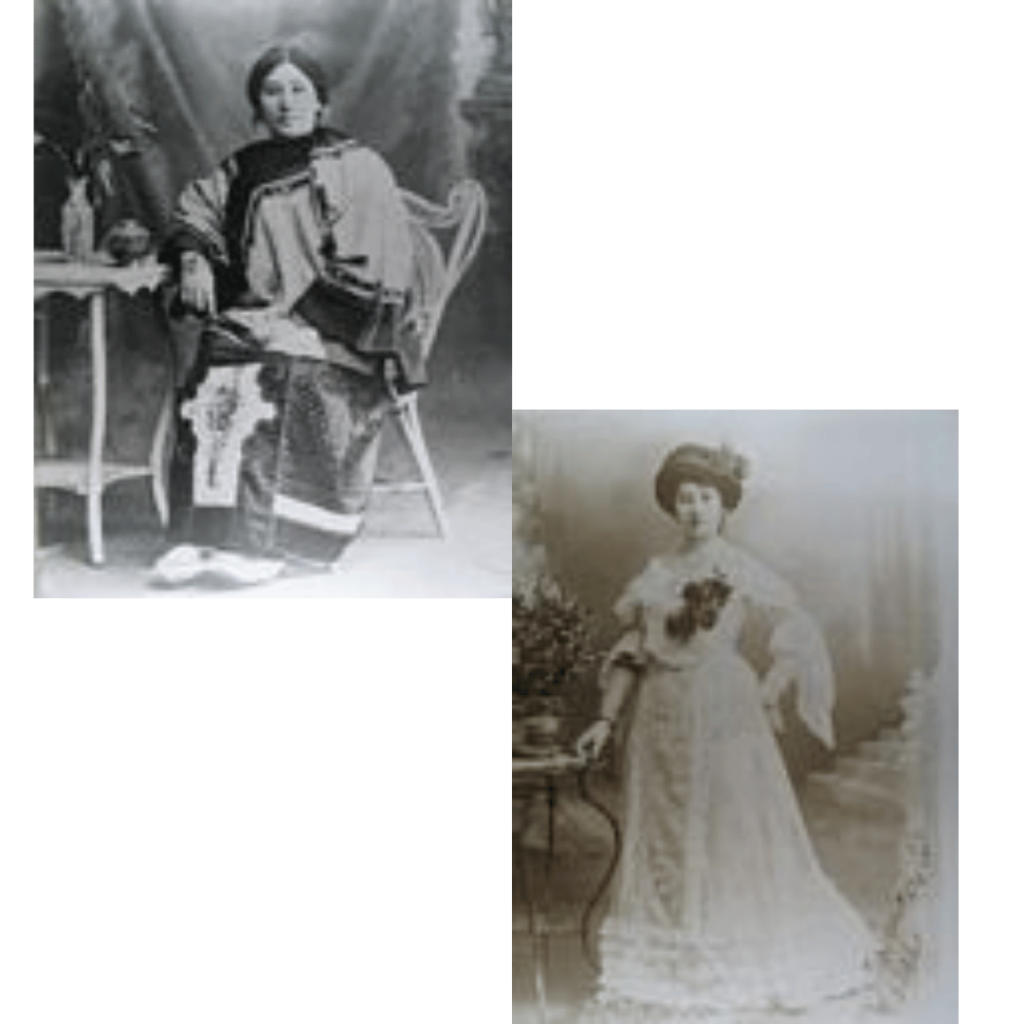
Olive Mabel Clarice, known as Mabel Chinn, was a multifaceted artist whose contributions to music and philanthropy were profound. Born in Australia to a Chinese father and an Australian mother, Mabel’s musical talents were evident from a young age. She played the piano since childhood and later joined the Sydney Philharmonic Society. In the 1930s, Mabel founded the Oriental Orchestra, a unique ensemble composed of Chinese and Australian musicians.
The Oriental Orchestra, which performed in Chinese attire, was known for its charity concerts, including the notable ‘Grand Oriental Evening Concert’ in 1931 that raised funds for the Hamilton District Hospital. Mabel’s efforts were recognised when she was made a Life Governor of the hospital. The orchestra, blending Western tunes with Chinese instruments, not only entertained but also bridged cultural divides, promoting mutual understanding and appreciation.
Conclusion
The stories of Joy Li, Jenny Kee, Alma Rose Quon, and Olive Mabel Clarice highlight the diverse contributions of Chinese Australian women in the arts. Their legacies remind us of the importance of recognising and celebrating the cultural richness that Asian Australians bring to the tapestry of Australian society. As we continue to uncover and honour these stories, we pave the way for future generations to express themselves and enrich our collective heritage.
Discover more stories about empowered Asian Australian women and visit our bookstore today for a free first chapter of the Butterfly Dynasty Series.
Citation
Museum of Chinese Australian History. (2024). HerStory: Multiple facets of Chinese Australian Women. Retrieved from Museum of Chinese Australian History
